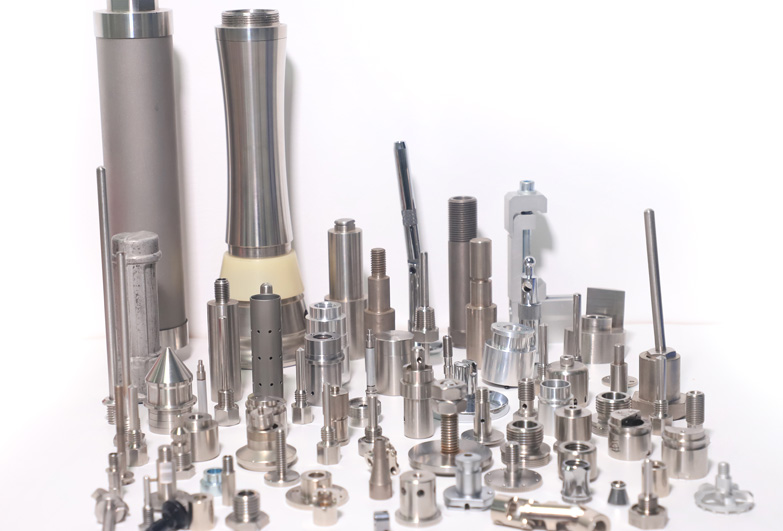15 years one-stop China custom CNC machining parts factory

Hey there I’m VMT Sam!
With 25 years of CNC machining experience we are committed to helping clients overcome 10000 complex part-processing challenges all to contribute to a better life through intelligent manufacturing. Contact us now
 394 |
Published by VMT at Jun 11 2021
394 |
Published by VMT at Jun 11 2021
The purpose of surface treatment of stainless steel metal CNC machined parts is to improve the performance of the surface and achieve beautiful and anti-corrosion effects. So, what are our common stainless steel surface treatment methods?
1. Stainless steel cleaning: The purpose of cleaning is to remove stainless steel metal CNC machined parts surface oil stains, dirt, rust stains, oxide scale, solder joints and other impurities. The cleaner the cleaning, the cleaner or more beneficial the post-treatment of stainless steel (such as: electroplating, painting, electrophoresis, passivation, polishing, etc.).
2. Cleaning and polishing: If stainless steel metal CNC machined parts damaged, it should be polished, especially scratches and splashes caused by contact with carbon steel parts, and damage caused by cutting slag must be thoroughly cleaned and polished.
3、Stainless steel polishing: polishing is divided into three processes: mechanical polishing, electrolytic polishing and chemical polishing. Each has its advantages and disadvantages. As a more traditional polishing process, mechanical polishing has been popular for many years, but because it can only process stainless steel parts that are simple to polish, and the working environment is harsh and inconvenient, it is gradually replaced by electrolytic polishing. The advantages of electrolytic polishing are relatively more. . It can not only polish any stainless steel parts, but also has high production efficiency, low cost, good working environment, and can be polished to a mirror effect. At the same time, due to the principle of electrochemical reaction, the surface of stainless steel has a good anti-corrosion effect. This is not possible with mechanical polishing. Chemical polishing is generally used to process relatively small and precise stainless steel parts, but not all grades of stainless steel can get good polishing results.
4. Oil removal and dust removal: Before pickling and passivation of stainless steel metal CNC machined parts, oil, oxide scale, dust and other sundries must be removed according to the process.
5. Water spray treatment: According to different treatment requirements, choose different micro glass beads and different process parameters to avoid overspray.
6. Pickling passivation: The pickling passivation of stainless steel parts must be passivated in strict accordance with the process requirements.
Stainless steel passivation: The purpose of passivation is to prevent rust. Passivation treatment is suitable for all 200, 300, 400 stainless steel metal CNC machined parts and stainless steel surfaces to prevent rust. Because of its simple operation process and extremely low processing cost, the surface color, size and appearance of stainless steel products remain basically unchanged after passivation treatment, while the corrosion resistance and effective oxidation resistance of the stainless steel surface are improved.
7. Protection: After the surface treatment of stainless steel machined parts is completed, protection should be done to avoid secondary pollution caused by personal contact, oil, dust and other sundries.
8. Avoid reprocessing: After finishing the surface treatment of stainless steel metal CNC machined parts, avoid reprocessing the parts or products.
Ready To Start Your Next Project?
Get Instant Quote

Request a Free Quote
Send us a message if you have any questions or request a quote. We will get back to you ASAP!
